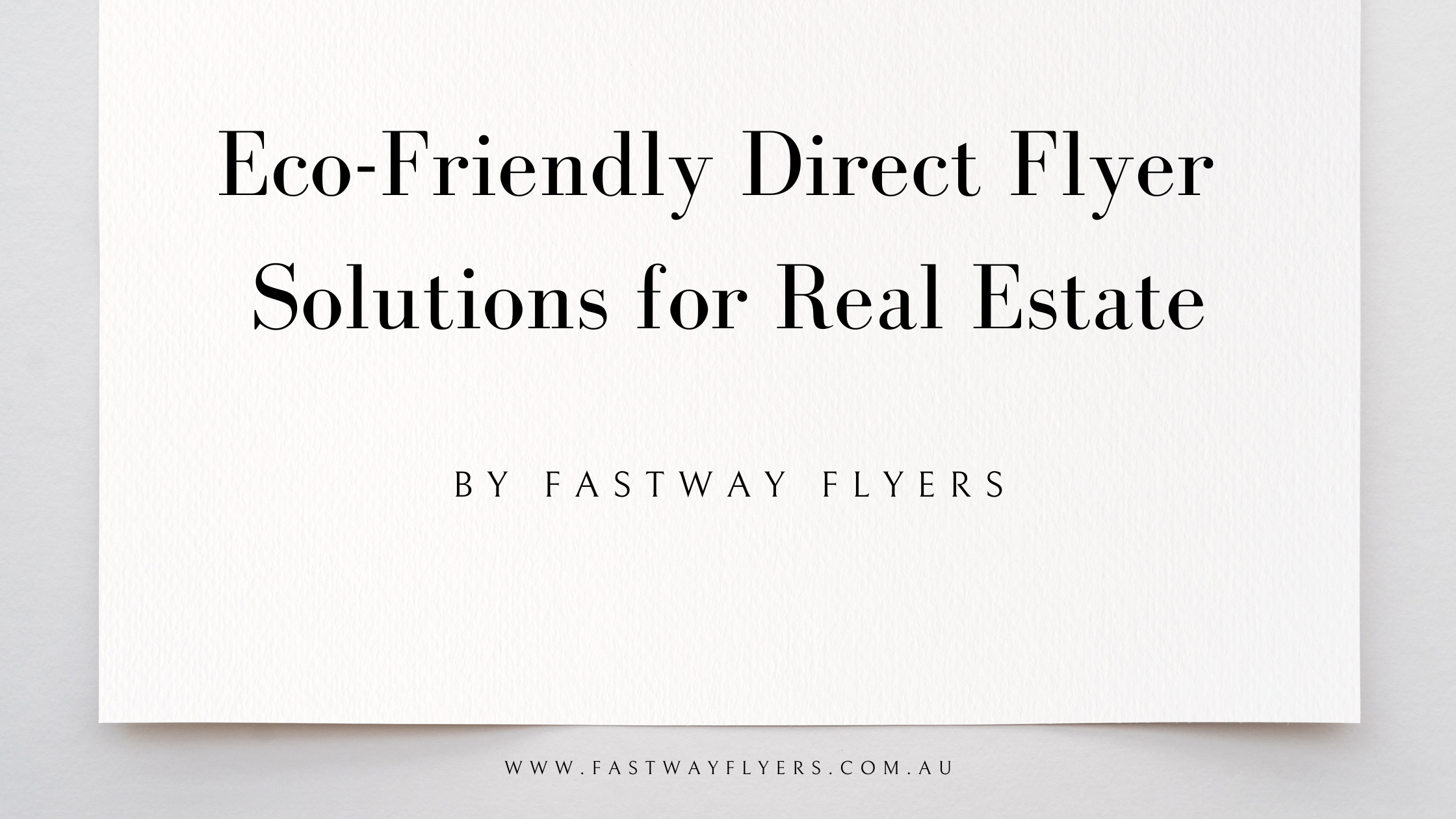Introduction: The Importance of Design in Real Estate Flyers
In the fast-paced world of real estate, first impressions are everything. When potential buyers or sellers see a flyer, they’ve got only a few seconds to decide whether it grabs their attention or gets tossed aside. Great design can make all the difference.
Real estate flyers are a powerful tool to market properties, announce open houses, or highlight your services. However, if your flyer is cluttered, poorly designed, or hard to read, it’s likely to go straight into the trash. In this blog, we’ll break down top design tips for creating real estate flyers that stand out, attract attention, and drive results.
1. Keep It Clean and Simple
Simplicity is key when designing a real estate flyer. The last thing you want is a flyer that’s too busy or filled with excessive text. Clarity should be your priority—make sure the flyer is easy to read and easy on the eyes.
Use plenty of white space to keep the flyer from feeling crowded, allowing each section to breathe and the most important information to stand out. Keep your messaging clear and concise. People don’t want to read paragraphs—they want the key details in an easily digestible format.
2. Use High-Quality, Relevant Images
The images you choose will have a huge impact on your flyer’s effectiveness. Poor-quality or irrelevant images can turn potential clients away faster than you can say “under contract.” Use professional, high-quality photos that showcase the best features of the property. A picture is worth a thousand words, especially in real estate. If possible, use lifestyle photos that highlight the living experience (e.g., a bright, airy kitchen or a beautiful garden).
Remember, images can tell a story. Make sure they represent the lifestyle or features that your target buyers would appreciate.
3. Choose a Bold, Readable Font
Fonts play a major role in readability. Headlines should be bold, clear, and eye-catching, while the body text should be easy to read. Stick to one or two fonts for consistency—using too many font styles can make the flyer feel chaotic and unprofessional.
Choose a font that reflects your brand’s style. For instance, a modern, clean sans-serif font may suit a sleek, urban property, while a more traditional serif font might be appropriate for a classic, historic home.
4. Make Your Contact Information Stand Out
Your call to action (CTA) is one of the most important elements of your flyer. Whether it’s a phone number, email address, or website, make sure it’s easy to find. Use bold colors or larger fonts to make your contact information pop. Make sure it’s immediately visible so potential clients don’t have to search for it.
5. Use Color Wisely
Color sets the tone of your flyer and can influence emotions. For example, blue tends to evoke feelings of trust, while red can create a sense of urgency or excitement. It’s important to align the color palette with your brand’s identity and the type of property being marketed.
Don’t overdo it with too many colors; instead, stick to a limited, complementary palette that reflects your brand and ensures readability.
6. Provide a Strong, Compelling Headline
The headline is the first thing people will read, so it needs to grab their attention right away. Avoid vague headlines like “Great Property for Sale.” Instead, use specific, compelling language like “Stunning 4-Bedroom Home in [Neighbourhood]” or “Move-in Ready Home with Breathtaking Views.” Make it clear what you’re offering and why it’s special.
7. Include a Clear, Actionable Call to Action (CTA)
A flyer without a clear CTA is like a property without a sign: it just doesn’t work. Encourage the reader to take action by telling them exactly what to do next. Whether it’s calling to schedule a showing or visiting your website for more details, make sure your CTA is easy to follow and stands out.
Common Mistakes to Avoid
- Too Much Text: People don’t want to read a novel on your flyer. Keep it short and to the point.
- Low-Quality Images: Nothing says unprofessional like blurry or poorly lit photos.
- Overcrowding: Too many design elements make a flyer overwhelming. Keep it clean.
- Inconsistent Branding: Make sure the design aligns with your overall brand to reinforce your identity.
Conclusion: Design as a Key Element of Real Estate Marketing
A well-designed real estate flyer can help you stand out in a competitive market and make a lasting impression. By keeping things simple, using high-quality images, and incorporating a strong call to action, you can create flyers that capture attention and drive results. Use the tips shared here to elevate your marketing efforts and get your property seen by the right people.
FAQ
Q: What’s the ideal size for a real estate flyer?
A: The most common size is an 8.5” x 11” letter-sized flyer, but it can vary depending on your needs. Make sure the size you choose fits your design and distribution method.
Q: Should I include my social media handles on my flyer?
A: Yes! Including social media handles can help direct people to your online presence. Just make sure they’re easy to find and fit with the flyer’s overall design.
Q: How many colors should I use in my flyer?
A: It’s best to stick to a limited color palette—typically no more than 3–4 colors. Too many colors can make the flyer look chaotic and unprofessional.
Q: Can I use stock photos on my flyer?
A: While stock photos can work, it’s always better to use high-quality, original images of the property to showcase its true value. Stock images can sometimes feel impersonal and generic.
Q: How often should I update my flyer design?
A: It’s a good idea to refresh your flyer design periodically, especially if you’re changing property listings or promoting different services. This keeps your materials looking current and relevant.




Leave a Reply